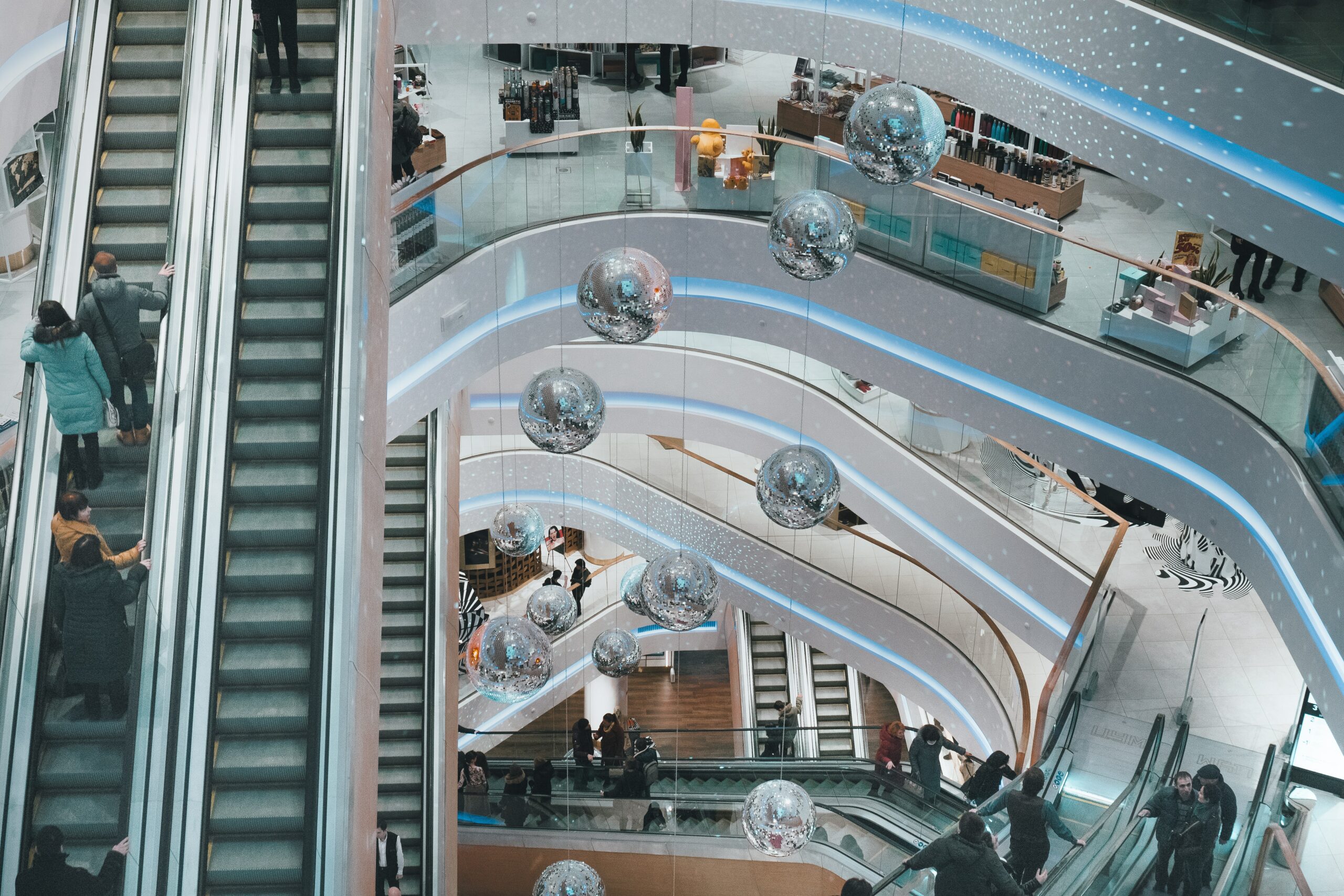How data, technology and process innovation will help the industry recover
2019 was a year influenced by the so-called Retail Apocalypse. However the concern for store closings and international brands diminishing has led to a renewed optimism in 2020. As evidence supports, physical points of sale are evolving rather than disappearing. Digital is no longer perceived as a threat to physical stores, in fact, quite the opposite. By combining digital and real with virtual and physical, you can create a more effective formula to drive new sales.
Technologies integrated into the retail industry, including artificial intelligence (AI), the Internet of Things (IoT), and both augmented and virtual reality have aided in enhancing customer loyalty. Social media, smart phones and new payment methods have also boosted interaction and personalization while reducing friction and waiting times.
This combination is the impetus for the retail sector – not only online, but within physical stores too. Consumers should no longer be clustered by age, origin, economic class and move from one touch point to the next without logic. Brands must transmit the right message, to the right customer at the right time. Creating a message and experience that is consistent, quality and emotional is essential.
Mirko Lalli, Founder and CEO of The Data Appeal Company, sat down with Giuseppe Stigliano, CEO at Wunderman Thompson Italy and co-author of Retail 4.0.
Lalli: In the past, the evolution of the digital world and consumer purchasing behaviors have had negative repercussions on the retail industry, leading many brick and mortar stores to closure and historic brands to failure. However, it seems there’s been a shift within retail stores and they’re starting to catch up…
Stigliano: “The fact that so many stores and shops have closed does not mean the end of physical stores. If anything, this decrees the end of an inadequate model for the Digital Age. To thrive both online and offline, you need to know and adapt to new market logic.”
Lalli: According to Google, what once was a funnel, has evolved into “pyramids, diamonds, hourglasses, and more”. Today, there’s a thousand different ways a consumer can reach the purchase stage. How can a physical store transform itself according to the same logic?
Stigliano: “There is no magic formula that applies to everyone. However, there are ten guiding principles that we have identified in relation to the evolution of the market and consumers that are applicable in every sector.
- Be Invisible.
- Be Seamless.
- Be a Destination.





